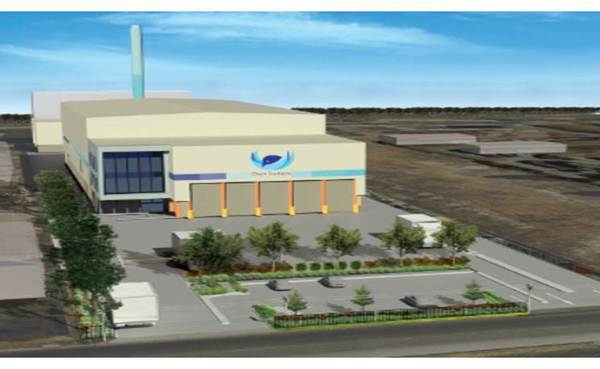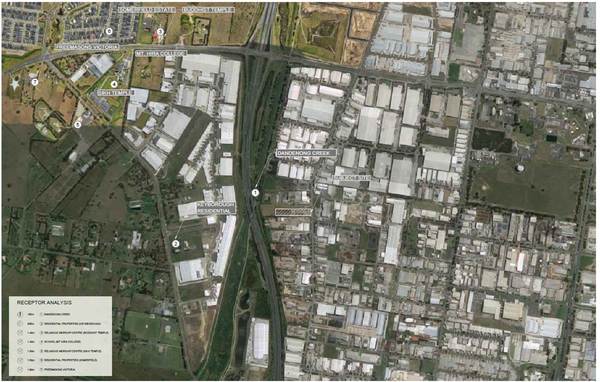Greater Dandenong Council will seek deferral of a VCAT hearing on a proposed waste-to-energy plant in Dandenong South after the project won environmental approval.
The VCAT hearing, which will decide on whether to grant a planning permit for the facility at 70 Ordish Road, is set for Monday 27 July.
Only six days earlier, the state’s pollution watchdog Environment Protection Authority Victoria granted works approval.
Greater Dandenong city planning, design and amenity director Jody Bosman said the council would seek “deferment” of the VCAT hearing.
It would “allow time for Council to consider the outcomes of and reasons for the EPA decision”.
Mr Bosman said the council remained opposed to the plant.
“If a deferral is not granted, Council and its legal team are prepared to argue its case in opposition of the granting of a planning permit.”
In late 2019, the council deferred making a planning decision until the EPA’s assessment.
In the meantime, proponent Great Southern Waste Technologies referred the matter to VCAT, due to the council failing to decide the matter within the statutory 60-day limit.
After the EPA decision, mayor Jim Memeti said the plant – and the industry 2 zone where it would be located – was still too close to homes and Mt Hira College.
He wasn’t sure of the impact of the EPA’s decision on Greater Dandenong’s opposition to the project at a planning hearing at VCAT on 27 July.
“I haven’t yet read the EPA report, so I don’t know.”
He hoped VCAT would take into account the proximity of schools and homes, as close as 800 metres away.
In its findings, the EPA stated there was adequate separation from homes, schools and community facilities.
The “potential air emissions … pose negligible risk to human health”, it stated.
The proposed air emission, odour and noise pollution controls were “consistent with international best practice standards of the European Union”.
The plant would process 100,000 tonnes a year of municipal household solid waste, commercial and industrial waste to produce 7.9 MW of electricity to the grid.
Municipal household waste, which would be diverted from landfill, was estimated to make up 80 per cent of the feeder material.








